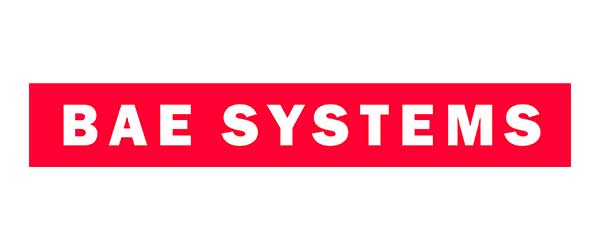Introduction
In the complex world of maritime platforms, traditional systems were often bogged down by outdated control and monitoring hardware. These older systems relied heavily on a sequential design process, which limited potential efficiencies and innovations. BAE Systems, recognising the need for a change, tasked High Integrity Systems (HIS) to take the reins and drive transformational change.
The Challenge
BAE Systems sought to improve their system’s efficiency and bring about a technological leap in their maritime business. The desired transformation aimed to incorporate advanced concepts such as digital twins, which have the potential to offer manifold benefits to users.
Solution & Implementation
HIS embarked on a comprehensive strategy:
- High Integrity Model-Based Code Generation: The first step involved creating control and monitoring code for the operation of an actuator from a UAV programme. Leveraging a high-integrity model-based code generator ensured precision and reliability.
- Real-time Physics Modelling: Physics models of the actuator, initially designed in Mathworks/Matlab, were transitioned into real-time models, ensuring their seamless integration into subsequent phases.
- Virtual Rig Creation: By combining the control and monitoring code with the real-time actuator models, a ‘virtual rig’ was developed, offering a robust testing and development platform.
- Integration on COTS Computing Platform: HIS then expertly integrated the control and monitoring software onto a Commercial Off-The-Shelf (COTS) computing platform. This was complemented with interfaces for the actuator and its sensors.
- Digital Twin Development: The culmination of these efforts was the successful conversion of the real-time physics model into a digital twin of the actuator, bridging the digital and physical worlds.
